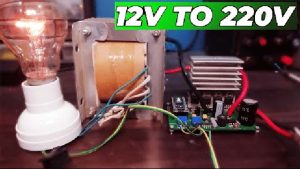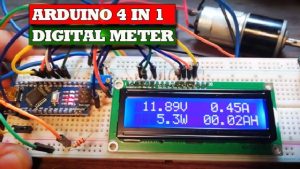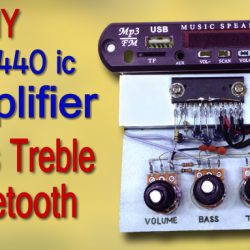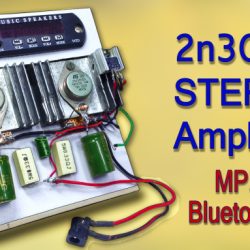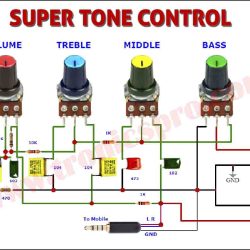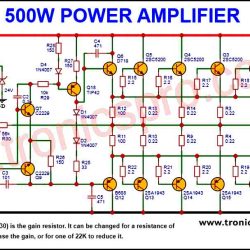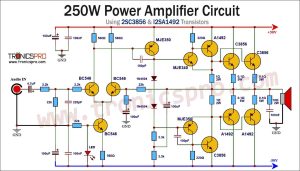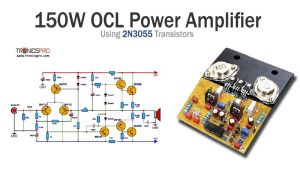Introduction
In today’s modern world, electronic devices play a crucial role in various aspects of our lives. Whether it is measuring electrical current, temperature, or frequency, having the right tools and equipment can make all the difference. One such tool is a frequency meter, which helps measure the frequency of an electrical signal accurately. In this article, we will explore how to make a digital frequency meter using Arduino Nano and a 16X2 LCD display. We will also discuss the Arduino Nano and the 16X2 LCD display separately to understand their individual functions and features.
Introduction to Major Parts
Arduino Nano
The Arduino Nano is a versatile and compact microcontroller board that is perfect for a wide range of electronic projects. It combines the power and flexibility of the Arduino platform with a small form factor, making it ideal for applications where space is limited. Whether you are a beginner or an advanced electronics enthusiast, the Arduino Nano offers a user-friendly and accessible way to create and experiment with innovative projects.
Specifications:
- Compact Size: The Arduino Nano is remarkably small, measuring only 18mm x 45mm, making it an excellent choice for projects with limited space requirements.
- Microcontroller: Powered by the ATmega328P, a highly efficient 8-bit AVR microcontroller, the Arduino Nano provides reliable and precise performance for your projects.
- Clock Speed: With a clock frequency of 16 MHz, the Arduino Nano ensures fast execution of instructions, allowing for real-time control and quick response to input.
- Memory: The ATmega328P on the Arduino Nano offers 32KB of flash memory for storing your code, as well as 2KB of SRAM and 1KB of EEPROM for retaining data even when power is disconnected.
- Digital and Analog I/O Pins: Equipped with a total of 14 digital input/output pins, including 6 PWM outputs, and 8 analog inputs, the Arduino Nano gives you plenty of options for connecting various sensors, actuators, and other components.
- Integrated USB Connectivity: The Arduino Nano comes with a built-in USB interface, allowing for effortless programming and communication with your computer. It can also be powered directly via USB, eliminating the need for an external power supply in certain applications.
- Voltage Regulator: featuring an onboard voltage regulator, the Arduino Nano can accept input voltages ranging from 7 to 12 volts, making it compatible with a wide range of power sources.
- Easy Programming: The Arduino Nano is programmed using the Arduino Software (IDE), which offers a simple and intuitive interface for writing code, uploading to the board, and debugging.
- Open-Source Platform: As part of the Arduino family, the Nano benefits from an extensive community of users and a vast library of open-source code and resources. This allows for easy collaboration, troubleshooting, and enhancements to your projects.
- I/O Expansion Options: For projects that require additional I/O capabilities, the Arduino Nano can be easily expanded using various external shields, modules, or breakout boards, enabling you to tailor the board to your specific project requirements.
16X2 LCD Display
The 16X2 LCD display, as the name suggests, consists of 16 columns and 2 rows, capable of displaying up to 32 characters at a time. It uses liquid crystal technology to display text and numbers on a backlit screen. The LCD provides a cost-effective and straightforward solution for displaying information in a compact form factor.
The 16X2 LCD display can be connected to Arduino Nano using a few simple wiring connections. It requires power, ground, and data connections to communicate with the microcontroller. Additionally, it may also require a potentiometer for adjusting the contrast of the display for optimal readability.

Circuit Diagram of Digital Frequency Meter using Arduino
This project can be designed using a few basic components. The circuit diagram of this project is shown below.
More Circuit Layouts
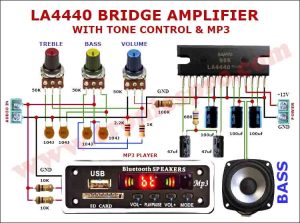
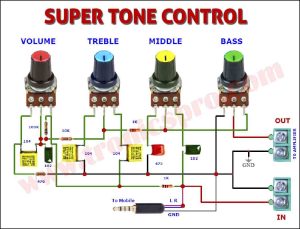
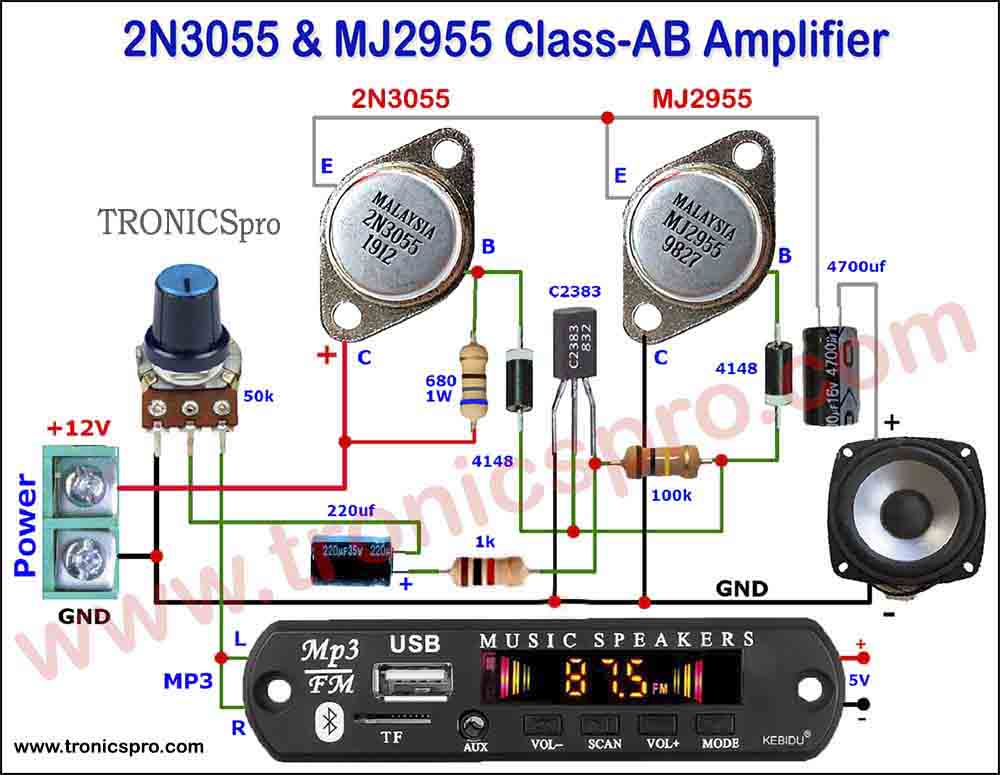

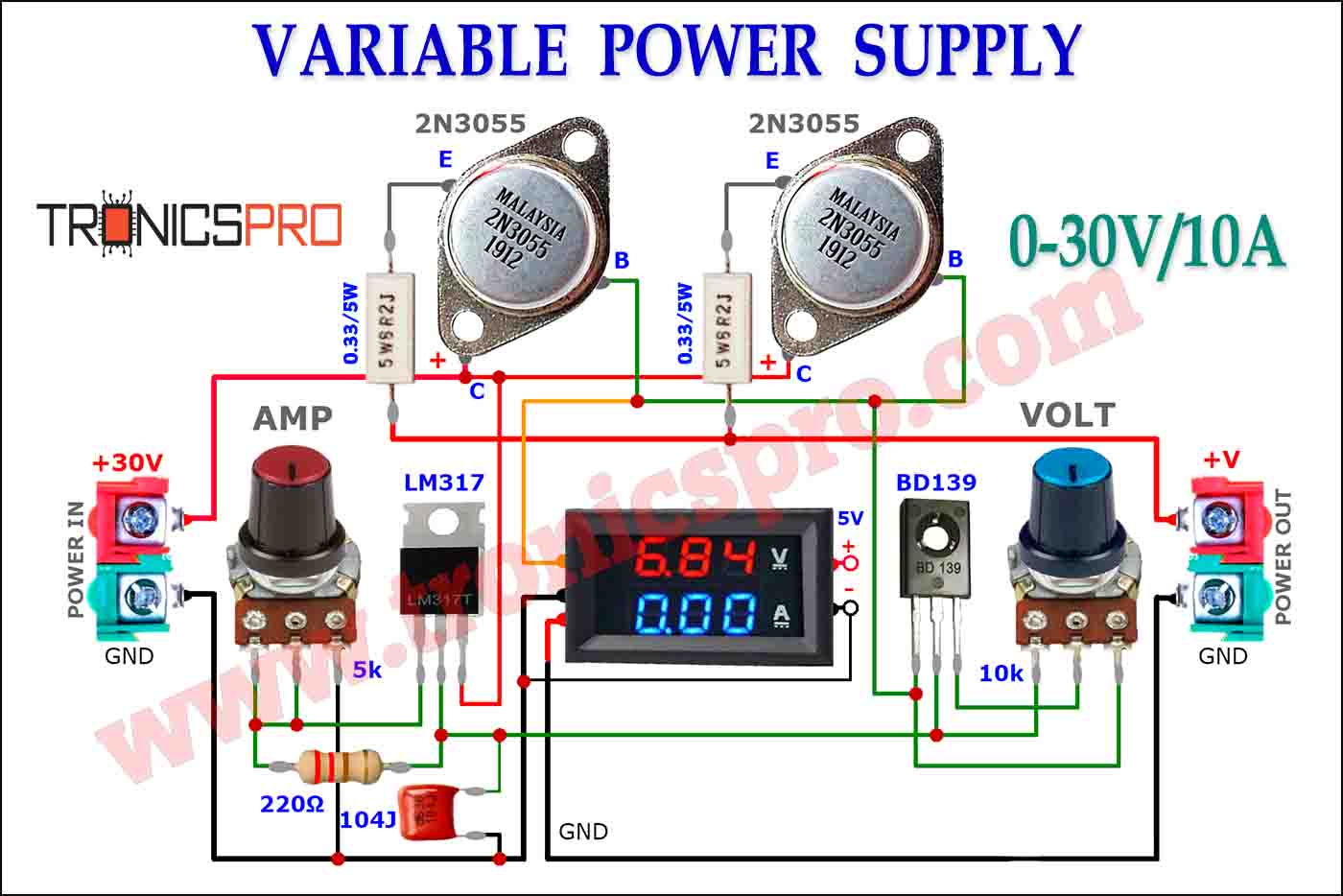
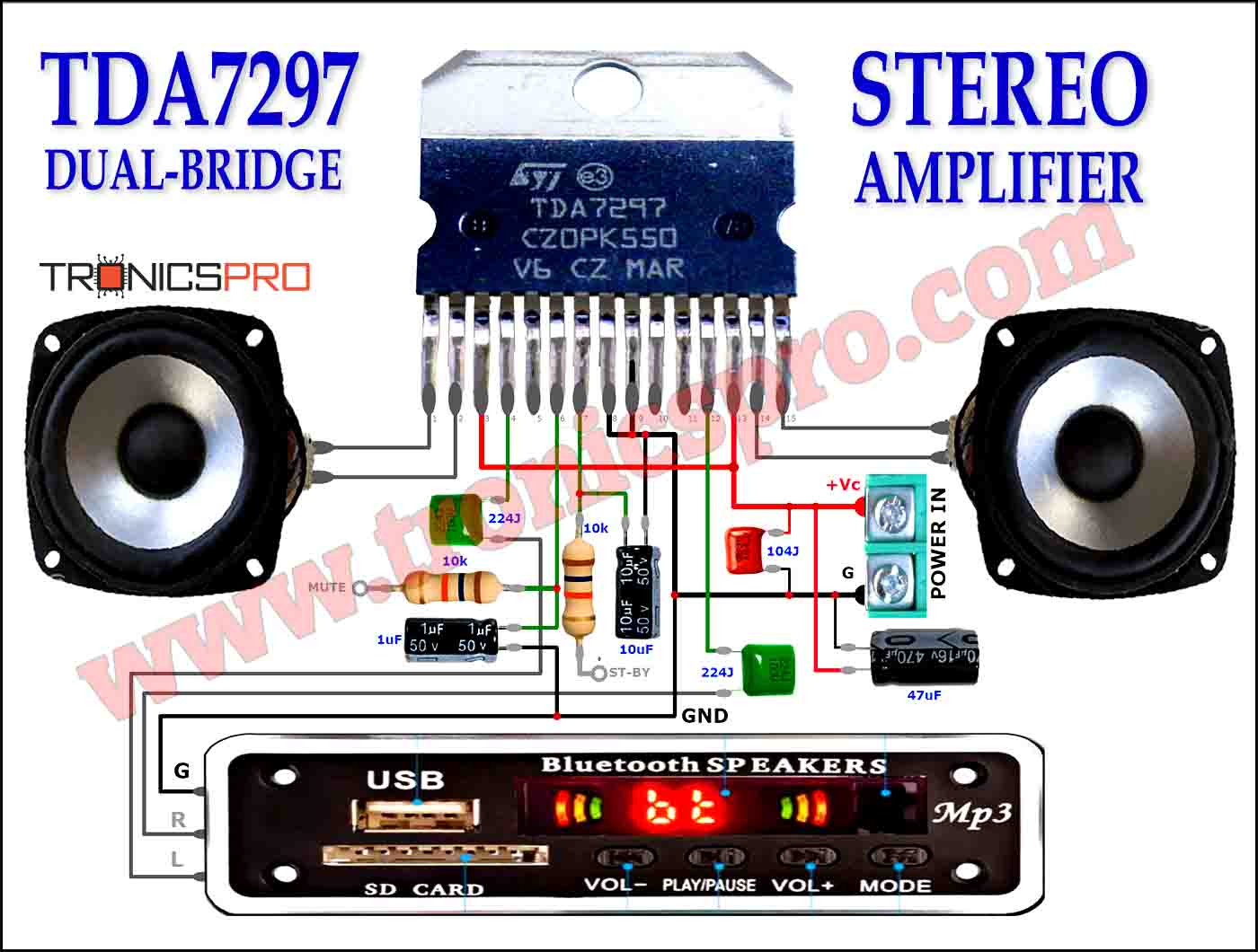
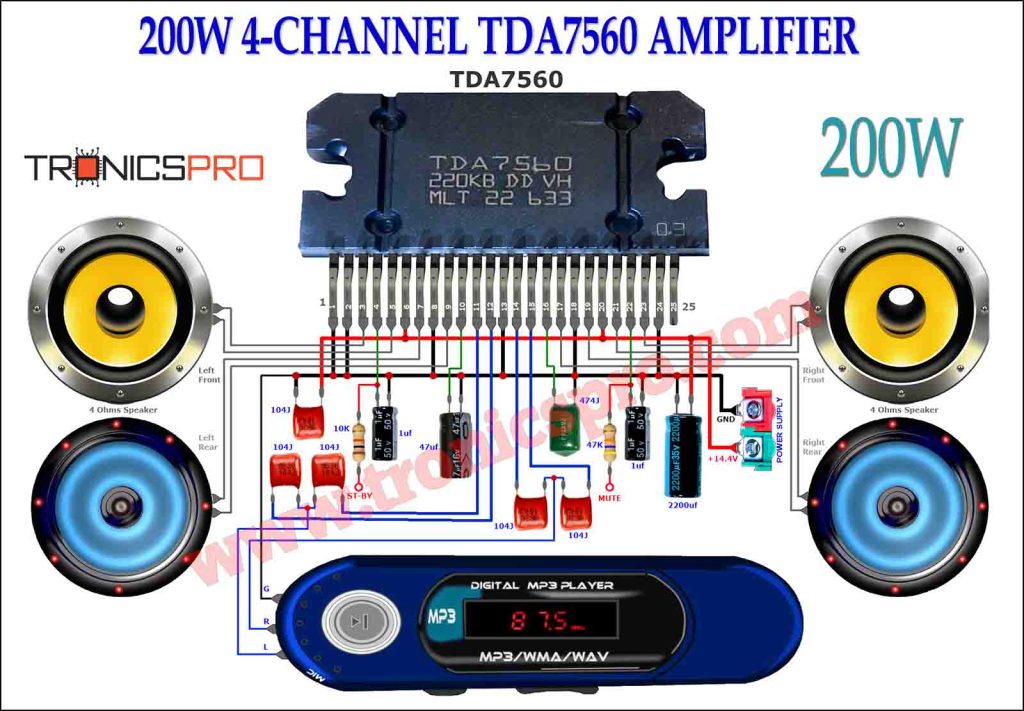
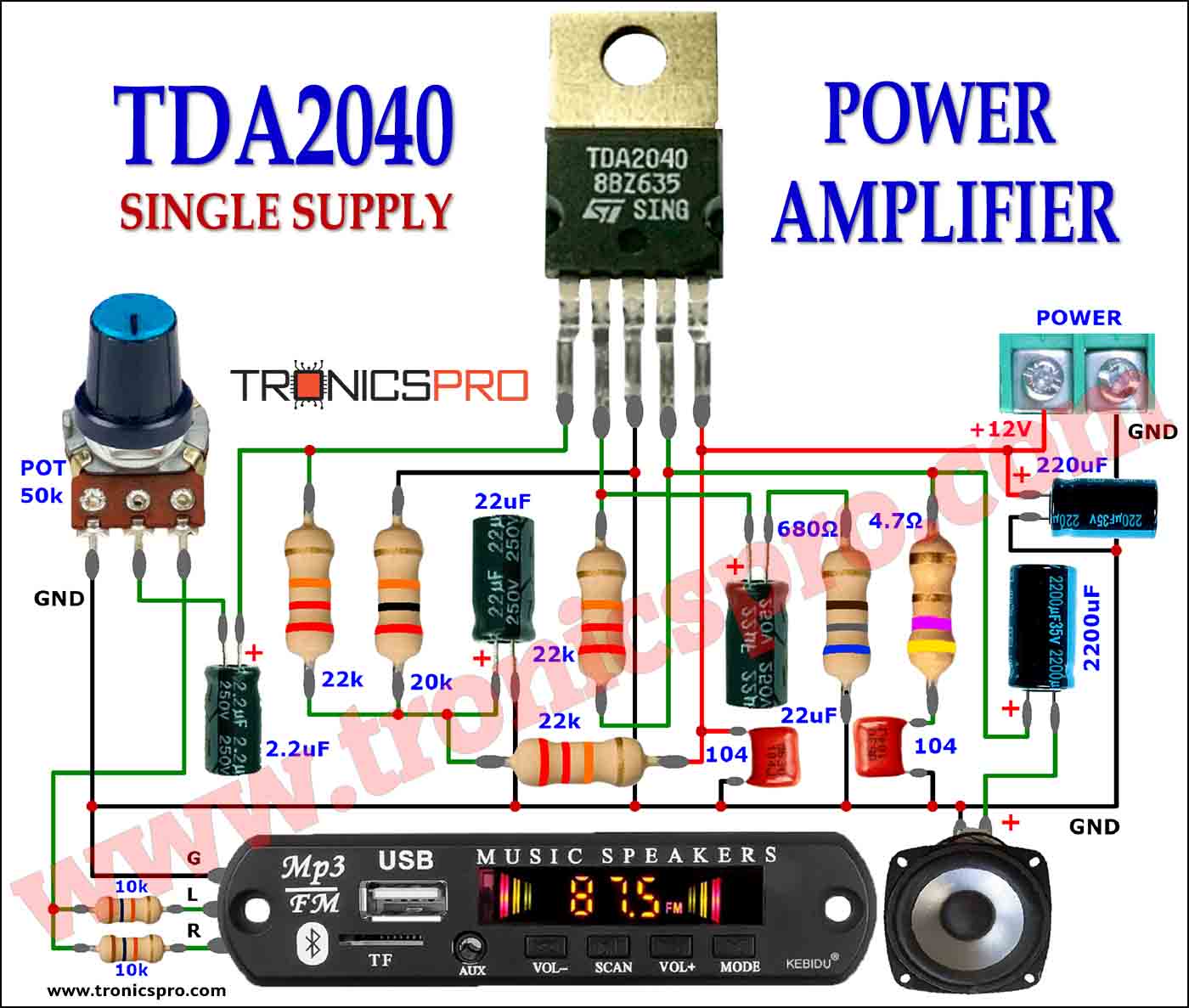
Components List of Digital Frequency Meter using Arduino
Following is the list of all components used in this project:
- 1X ARDUINO NANO
- 1X 16X2 LCD
- 1X 1K RESISTOR
- 1X BREAD BOARD
- JUMPER WIRES
Project Files
Gerber Files:
Arduino Code File:
Project ZIp FIle:
Code Text File:
Explanation of Digital Frequency Meter using Arduino
Making a Digital Frequency Meter
To make a digital frequency meter using Arduino Nano and a 16X2 LCD display, we need to follow a few key steps:
- Gather the Required Components:
- Arduino Nano board
- 16X2 LCD display
- Jumper wires
- Breadboard
- 1k Resistor
- Connect the Components:
- Connect the VCC and GND pins of the LCD display to the 5V and GND pins of the Arduino Nano, respectively, for power supply.
- Connect the aa 12C communication pin of the LCD display to the corresponding pins of the Arduino Nano as shown in the circuit diagram provided above.
- Connect all pins of the LCD display to the digital pins of the Arduino Nano for data transmission as shown in the circuit diagram provided above.
- Write the Code:
- Open the Arduino IDE and create a new sketch.
- Include the necessary libraries for LCD display and frequency measurement.
- Define and initialize the required variables and constants.
- Write the code to measure the frequency of the input signal using the appropriate functions and algorithms. Link of all code files and Gerber files are provided above to download.
- Display the measured frequency on the LCD display using the LCD library commands.
- Upload the code onto the Arduino Nano board.
- Test and Calibrate:
- Connect the input signal to the Arduino Nano board.
- Power on the system and observe the LCD display for the measured frequency.
- Use a known reference frequency source to verify the accuracy of the digital frequency meter.
- Adjust the code or hardware components if necessary to achieve the desired accuracy.
Conclusion of Digital Frequency Meter using Arduino
Building a digital frequency meter using Arduino Nano and a 16X2 LCD display is a rewarding project that not only enhances your knowledge of electronics but also provides a practical tool for measuring frequencies accurately. The Arduino Nano’s versatility and the simplicity of the 16X2 LCD display make them an excellent combination for various projects.
By following the steps mentioned above and carefully connecting the required components, writing the appropriate code, and testing and calibrating the setup, you can create your own digital frequency meter. With this handy device at your disposal, you can measure the frequency of electrical signals with ease and precision.
Remember to leverage the high-value CPC (cost-per-click) keywords such as “digital frequency meter,” “Arduino Nano,” and “16X2 LCD display” within your article to optimize search engine rankings and attract relevant traffic interested in similar topics. Good luck with your digital frequency meter project!
More projects, You may like:
- Video Transmitter DIY Homemade FM Radio Transmitter
- Adjustable Power Supply DIY Battery Charger
- 12V-220V 500 Watt inverter DIY Homemade
- 12V-220V H-Bridge Inverter DIY Homemade
- MPPT Solar Charge Controller DIY Homemade
- 18650 battery bank free charge protection module
- D718 B688 Bass Amplifier Homemade DIY
- C5200 Bass Amplifier DIY Homemade with Volume
- DIY LA4440 bass amplifier homemade
- C5200 A1943 TDA2030 Amplifier DIY Homemade
For more project and circuit diagrams, you can go through the Schematics in the main menu where you can find many interesting projects and circuit diagrams like audio amplifier circuits, voltage booster circuit, battery charger circuit and timer circuits etc., which are all beginner circuit projects. Feel free to check them out!
Thanks for visiting the article and watching the video.





